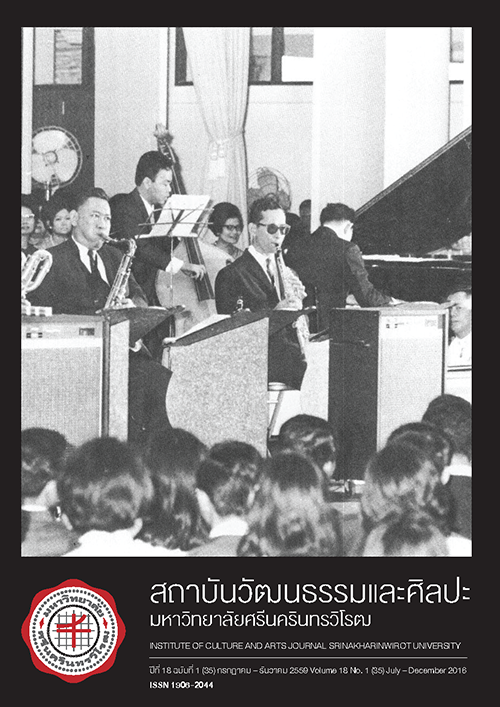ศาสดาในรูปพระมหาคัมภีร์แห่งศาสนาซิกข์: ประวัติศาสตร์ ความหมาย และองค์ประกอบ (อรรถาธิบายเชิงเปรียบเทียบ
บทคัดย่อ
This article presents a study on the topic of the last Sikh Guru represented in the form of the Sikh Holy Scripture, the Shri Guru Granth Sahib, and describes historical aspects and the socio-cultural context of the time. It is an interdisciplinary study comprising documentary and field work data centered on the Thai Sikh community in Bangkok, Thailand as well as in India (Delhi and Amritsar). The findings reveal new knowledge on the role of Sikhism in Thailand. The results offer: (1) a history of Sikhism in its social context (2) background to the evolution of the Shri Guru Granth Sahib including an exploration of textual variations over time. The analysis of data explains the relative and comparative elements in two parts: (1) the community of Sikhs within mainstream Indian society that was strongly influenced by the role of Mughal rulers and the synthesis of Persian and cultural aspects. During that period, the Sikhs constructed a unique parallel community, the elements of which have been adopted as part of Sikh religious practice and are today representative of wider Indian society but which the Sikh faith applies in the realm of Dharma. The second part, (2) discusses Sikh immigrants in Thai society who have found a formal place for themselves, their cultural practices and various elements that remain in accord with their religious code of conduct and Punjabi customs. These have numerous similarities with and differences from Thai traditions. This study explains this relationship between Indian and Thai with the aim of gaining a better understanding of Sikhism in the Thai socio-culture dimension.
Downloads
ดาวน์โหลด
รูปแบบการอ้างอิง
ฉบับ
ประเภทบทความ
สัญญาอนุญาต
บทความทุกบทความที่ได้รับการตีพิมพ์ถือเป็นลิขสิทธิ์ของวารสารสถาบันวัฒนธรรมและศิลปะ มหาวิทยาลัยศรีนครินทรวิโรฒ



